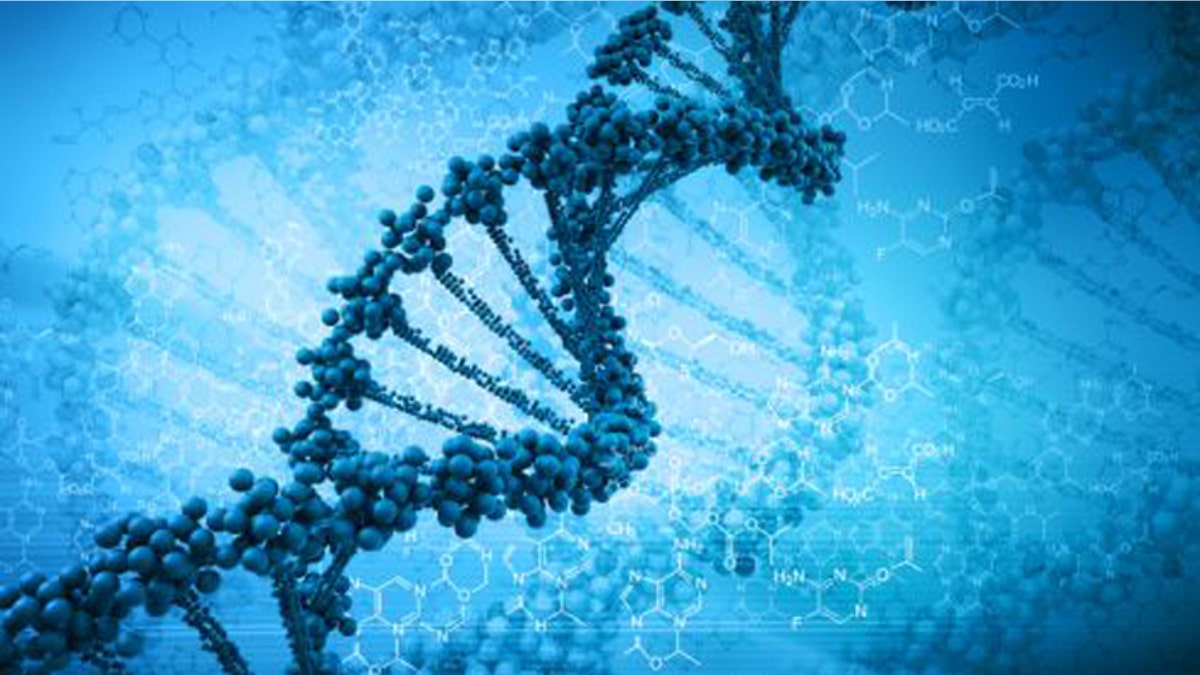
When Alexis Sturgeon’s brother was 15 years old, he started having flu-like symptoms, vomiting, and problems thinking clearly. He was eventually diagnosed with a life-threatening condition known as ornithine transcarbamylase deficiency (OTC).
OTC is a genetic disorder that causes ammonia to build up in the blood and then travel to the central nervous system. It can cause neurological damage and even be fatal. Because there’s no cure, Alexis’s brother takes several medications just to stay alive.
Through genetic testing, Alexis discovered that she, with her mother and two out of her three sisters were all carriers of the disorder. If Alexis had a child, there was a 50 percent chance that her baby would have the condition. Still in college, Alexis was devastated and worried if she would ever have a healthy baby one day.
After learning about her options, she decided that, when she was ready to have children, she would opt for pre-implantation genetic diagnosis (PGD), a procedure that screens embryos created through IVF for genetic abnormalities.
“After I found out I was a carrier, I already knew the path that I wanted to take to be able to have children,” she said. “I didn’t want my future children to have to worry about it at all.”
Now married and hoping to start a family, Alexis underwent PGD in 2012, but the pregnancy didn’t take. She tried again and found out she was pregnant the day after Christmas. In August 2013, Alexis delivered a healthy baby girl.
What is pre-implantation genetic diagnosis?
“The addition of IVF to genetics is tremendously powerful and synergistic,” said Dr. Brian Kaplan, a fertility specialist at the Fertility Centers of Illinois. According to Kaplan, PGD allows doctors to take an individualized approach to medicine.
PGD technology was developed in the 1990s, but only recently has it started to become more popular and a more viable option for couples who want to ensure their baby won’t inherit serious, even fatal, genetic conditions like Tay-Sachs, Cystic Fibrosis, and Spinal Muscular Atrophy (SMA) and genetic mutations like the BRACA gene, known to cause breast cancer. For couples who are both carriers of an autosomal recessive gene, their baby has a 1 in 4 chance of inheriting that genetic disorder.
According to the Society for Assisted Reproductive Technology, 5 percent of the more than 165,000 infertility cycles used PGD in 2012.
PGD also eliminates the need for a mother to undergo chorionic villus sampling (CVS) or amniocentesis— or having to decide to terminate a pregnancy.
“It gives patients the option of making this decision long before pregnancy,” Kaplan said.
Couples who undergo PGD can also opt for pre-implantation genetic screening (PGS), which screens embryos for chromosomal abnormalities that either don’t result in a pregnancy, cause disorders like Down Syndrome, or cause a miscarriage.
“We know that a large percentage of human embryos are actually abnormal,” Kaplan said. For women under age 35, half of their embryos will have a chromosomal abnormalities.
For couples who have had multiple miscarriages, PGS may be able to help them have a healthy pregnancy, depending on what’s causing the miscarriage. If a normal embryo is implanted, it’s more likely that it will result in a healthy pregnancy.
“The chances of having a healthy baby are so much higher,” Kaplan said.
What you should know
The first thing to consider when deciding on PGD or PGS is that IVF isn’t always a sure thing. For women between the ages of 35 and 37, 31 percent of IVF cycles will result in a live delivery.
“IVF doesn’t work every time in anybody, even if you’re 22 years old,” Kaplan said.
According to Dr. Jamie Grifo, program director of the New York University Fertility Center, a woman’s age and her ovarian reserve are also key factors when looking at outcomes. For a single chromosomally normal embryo, there’s a 55 percent baby rate.
And for couples struggling with infertility, “We’re going to be doing this on everybody eventually,” Grifo said. “It’s going to be the standard.”
The technology can also help to reduce the number of ectopic pregnancies, miscarriages, multiple pregnancies and preterm delivery. According to a study Grifo conducted that was published in the Journal of Assisted Reproduction and Genetics, PGD and PGS increased the pregnancy rate, reduced the rate of miscarriage, Down Syndrome and multiple births. These pregnancies are also healthier and babies are more likely to deliver larger and at full term.
Although PGD and PDS are very effective at ensuring the embryo will not be affected, there’s always a small chance, which is why Sturgeon was advised to have her daughter undergo genetic testing to be sure.
These procedures are also pricey, costing upwards of $6,000, not including the cost of IVF. Insurance may cover PGD, but not PGS.
PGD and PGS are not without controversy, as some people object to it for ethical, moral or religious religions. Yet ultimately, it’s up to the parents to decide what is right for them.
“Our job in the medical world is to give patients choices,” Grifo said. “If they’re comfortable with the technology, it will give them a better quality of life and prevent disease from occurring.”
